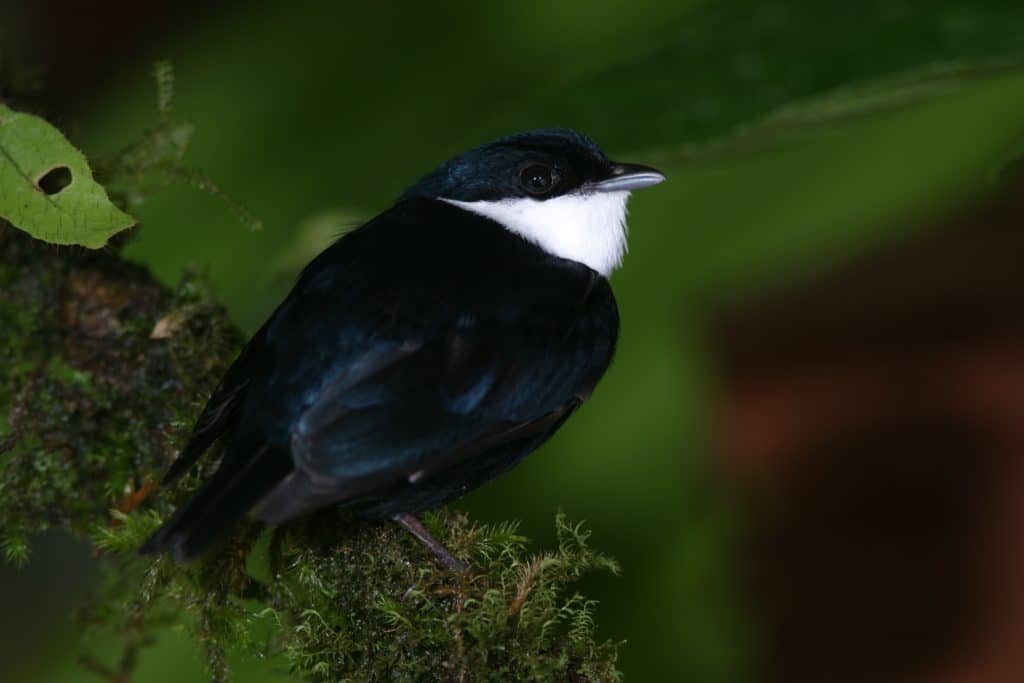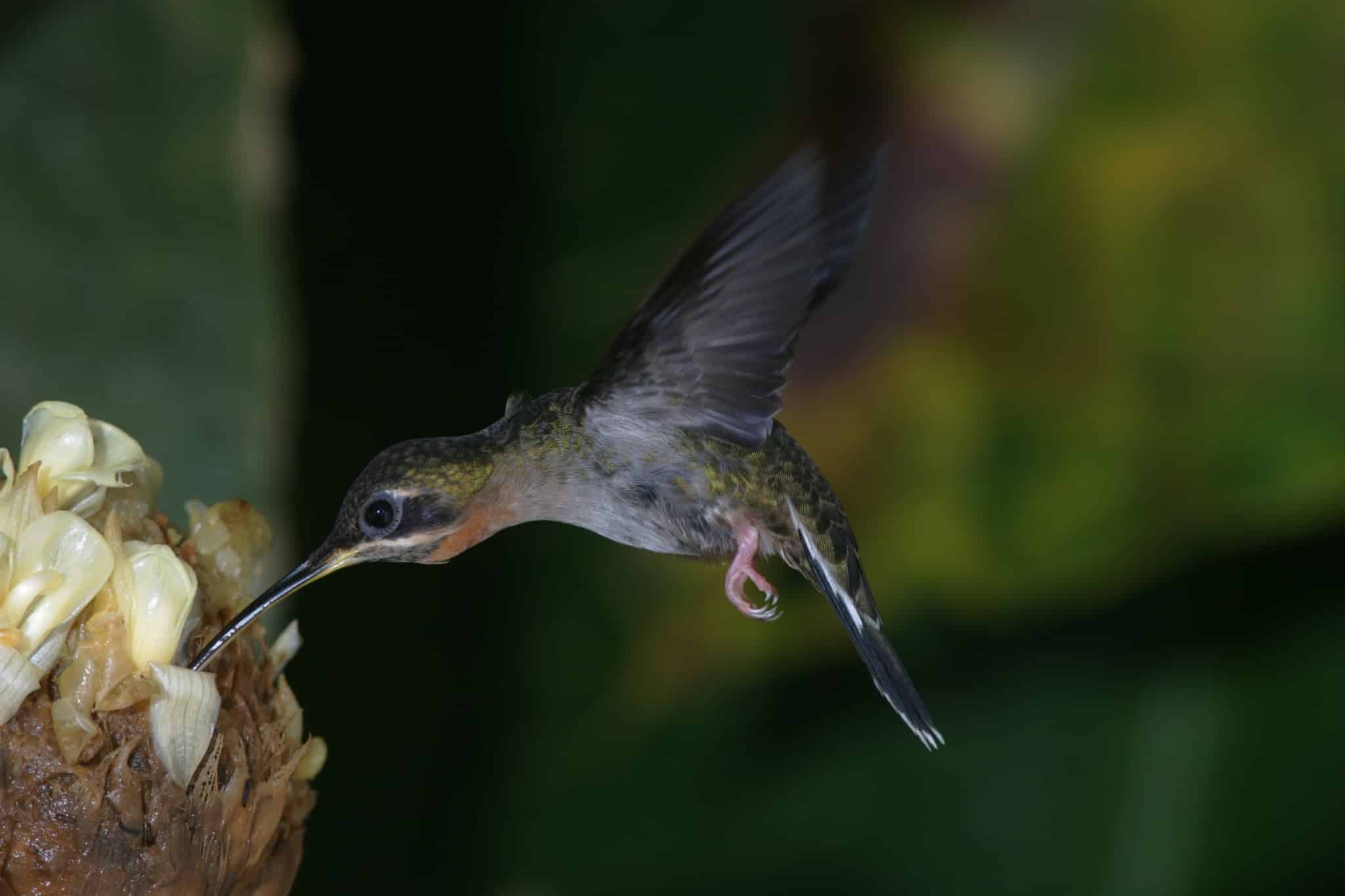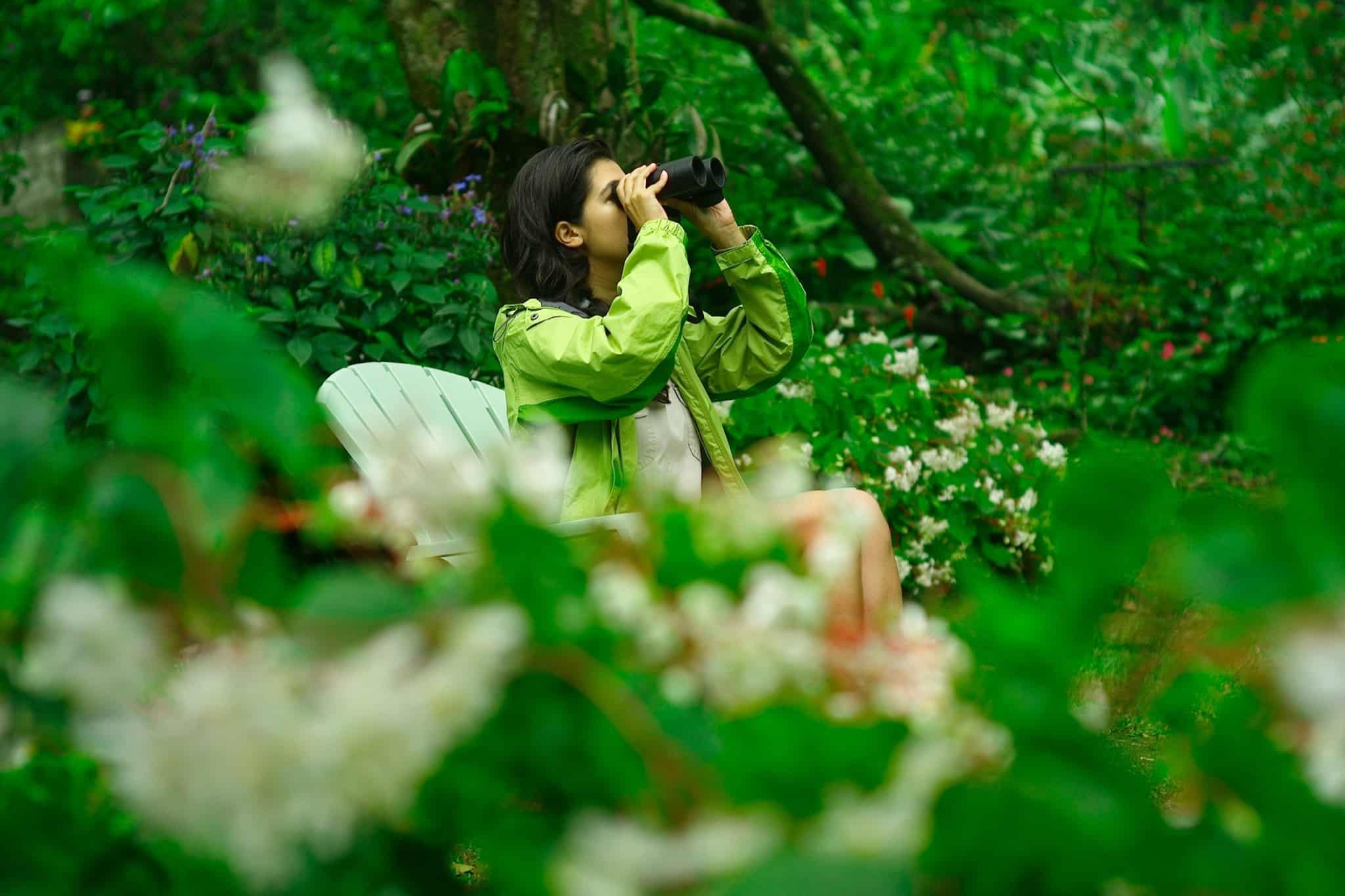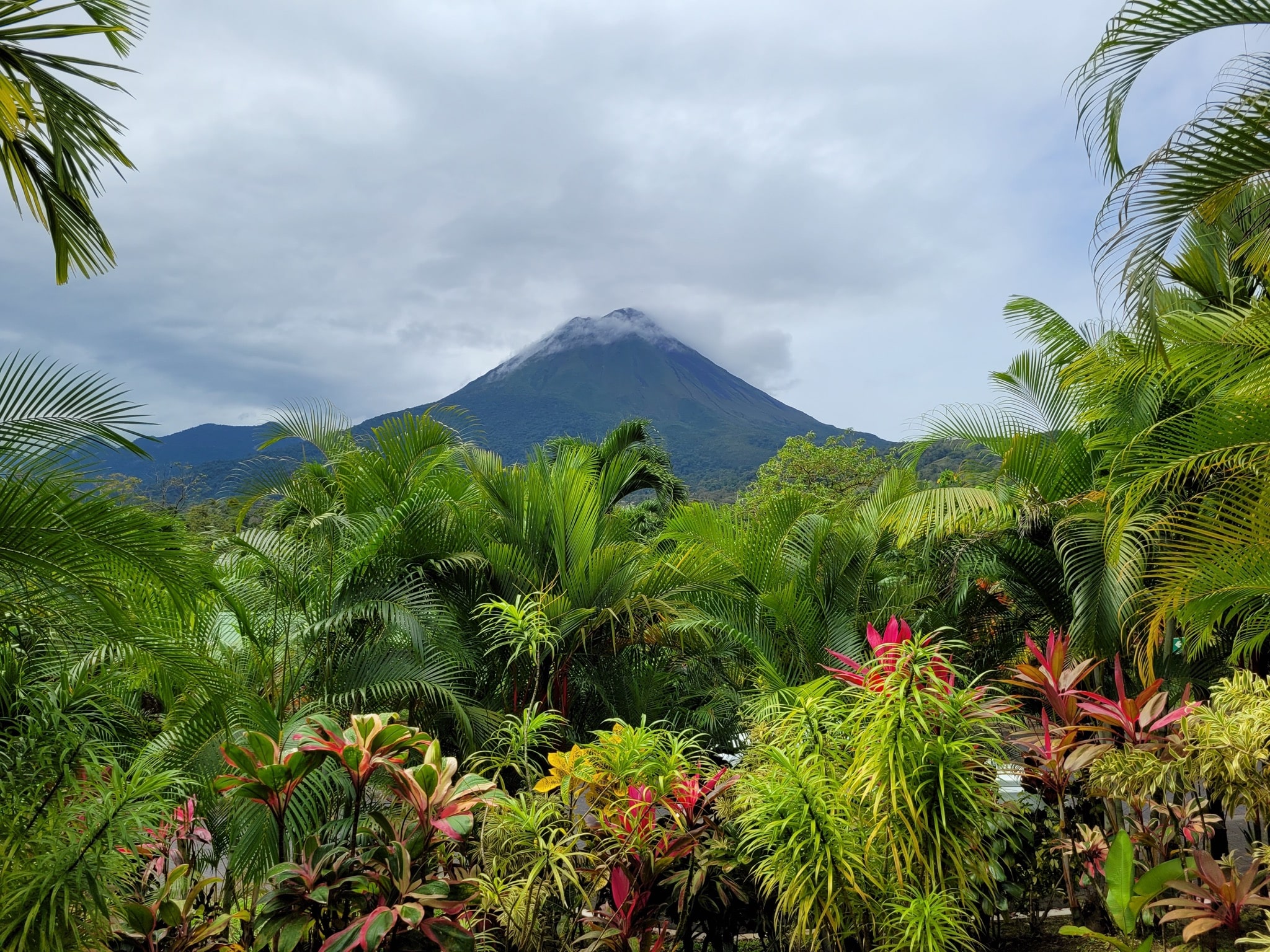Panama is a bird watcher’s paradise. This Central American country lies at the heart of migratory routes between North and South America and harbors hundreds of native species. In fact, the world’s highest single-day species count was recorded in Panama, with more than 1,000 varieties of birds spotted.
Here is a sampling of what you can find at the Canopy Lodge, Canopy Camp and Canopy Tower. Sign up with a guide for insights, locating elusive species and getting that perfect photo. For information on lodging and tours visit: https://canopytower.com/
Blue cotinga
The Blue Cotinga is a favorite find in birding circles. You’ll have to look up to see this mid-sized fruit eater, as these birds live high in the forest canopy. Most often, the Cotinga is a solitary and silent bird, with no distinctive song or call. The bright almost iridescent blue plumage of the males makes them stand out from the surrounding green of the forest, while the brown-feathered females are harder to spot. If you do spot a Blue Cotinga, you will likely have time to snap a photo, as these birds perch in one place for long periods of time.
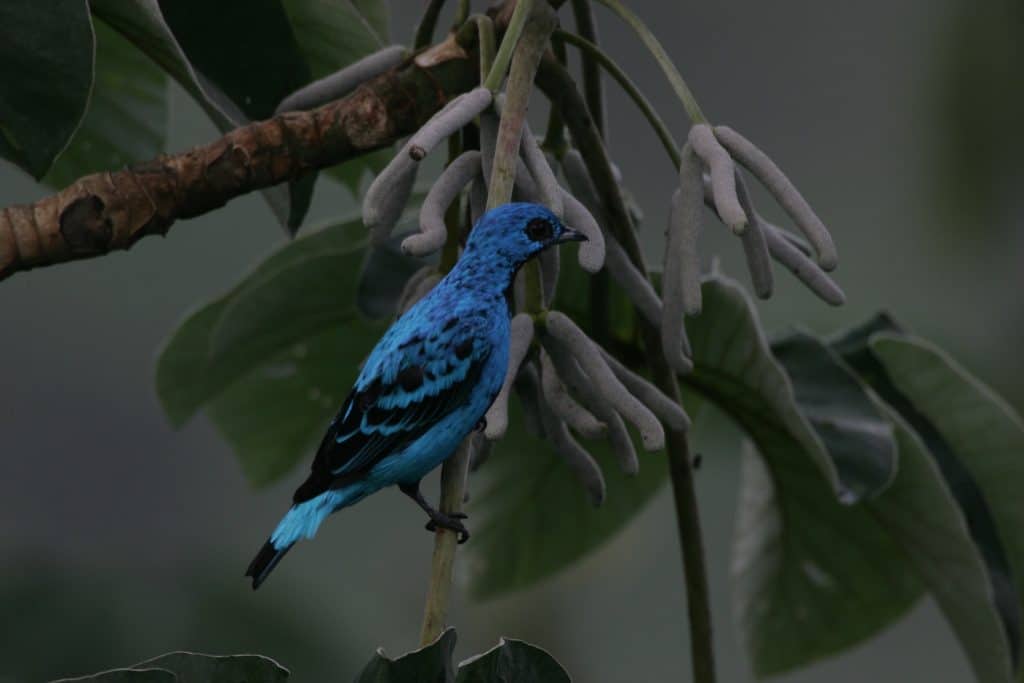
Chestnut-capped brush finches
These finches are one of the more abundant species found in the mid to higher-altitude forests of Panama. As the name implies, they spend much of their time nibbling on berries in low-lying brush. These finches usually travel in pairs or as part of a family group and mingle with other species of warbling birds. It takes a sharp eye to spot these birds in the dense brush they prefer, and if surprised, they may fly to a low branch and posture with their throat puffed out as they stare back at you.
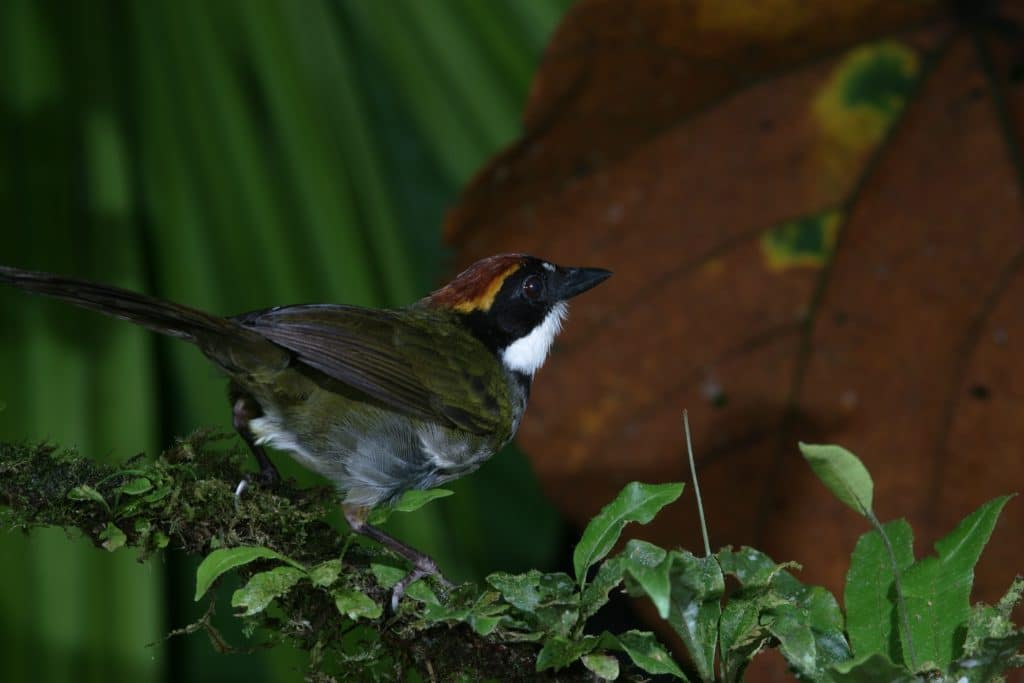
Collared aracaris
Collared Aracaris are mid-sized toucans that usually travel in groups, and when a dozen or more of these big-beaked fruit eaters are flocking from tree to tree, they can make quite a bit of noise. But once they settle in for a feed or a rest, they soon quiet down. These birds live in lowland forests and second-growth hammocks, but you are more likely to spot them in more open settings such as the grounds of a coffee or fruit plantation. If you are lucky, you may find one bathing in water that collects in the crook of a tree trunk.
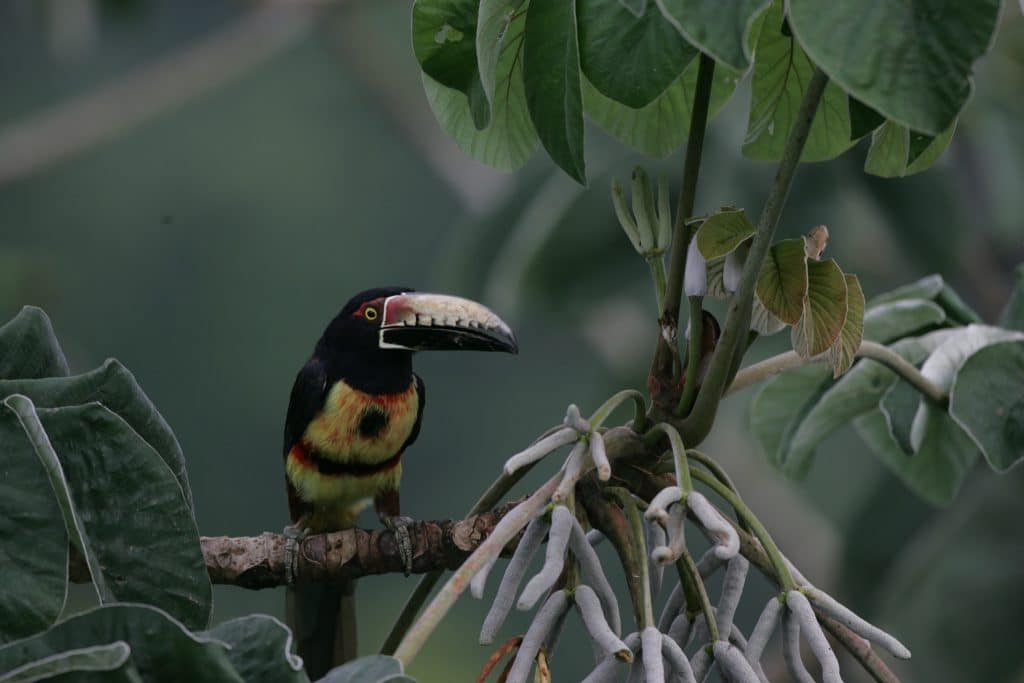
Gray-chested dove
You’ll probably hear a Gray-chested Dove before you see it. These birds communicate with a single low-pitched whooooh that rises then falls slightly. Follow the sound and you’ll likely find one or more doves moving about in the underbrush of a second-growth forest or overgrown farm field searching for seeds and small insects. On occasion, they will make short hovering flights to pluck berries, fruit and nuts from low branches. Don’t expect flocks, because these Gray-chested Doves either travel solo or in pairs.
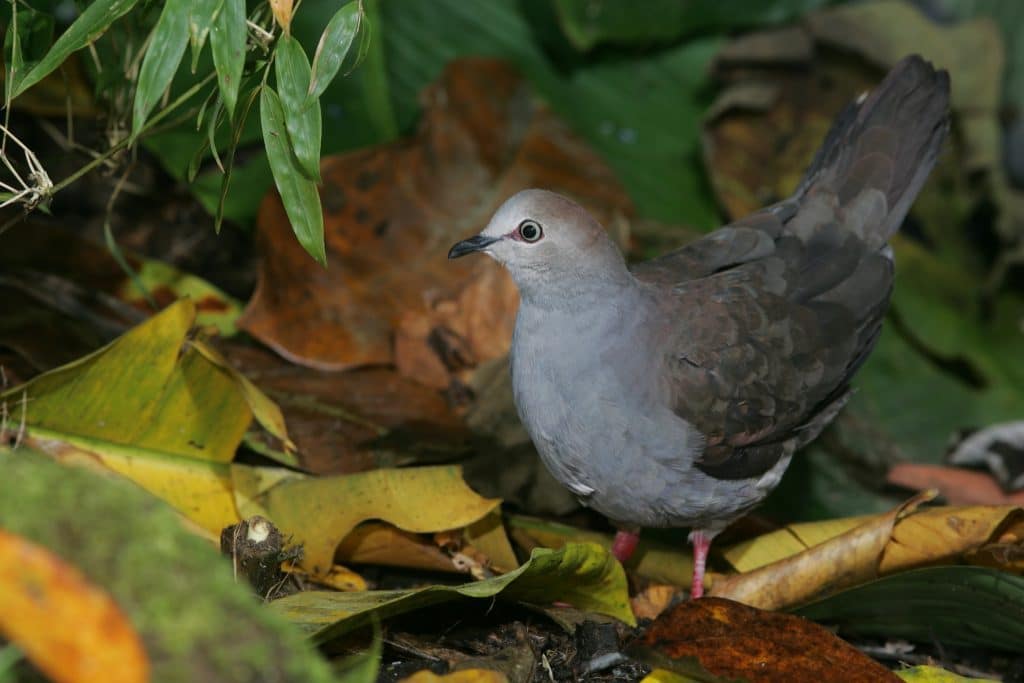
Ocellated antbird
The Ocellated Antbird is a prize find for birders. This species feeds almost exclusively on swarms of army ants. And since army ants are always on the move, the antbirds follow, and work together in family units. These birds are monogamous, mating for life and form extended families that can include several generations. The family works together to protect their territory and may monitor several different ant swarms at once, using high-pitched whistles to communicate from site to site. When it’s time to feed, they will swoop down from a perch to gobble up a mouthful of ants.
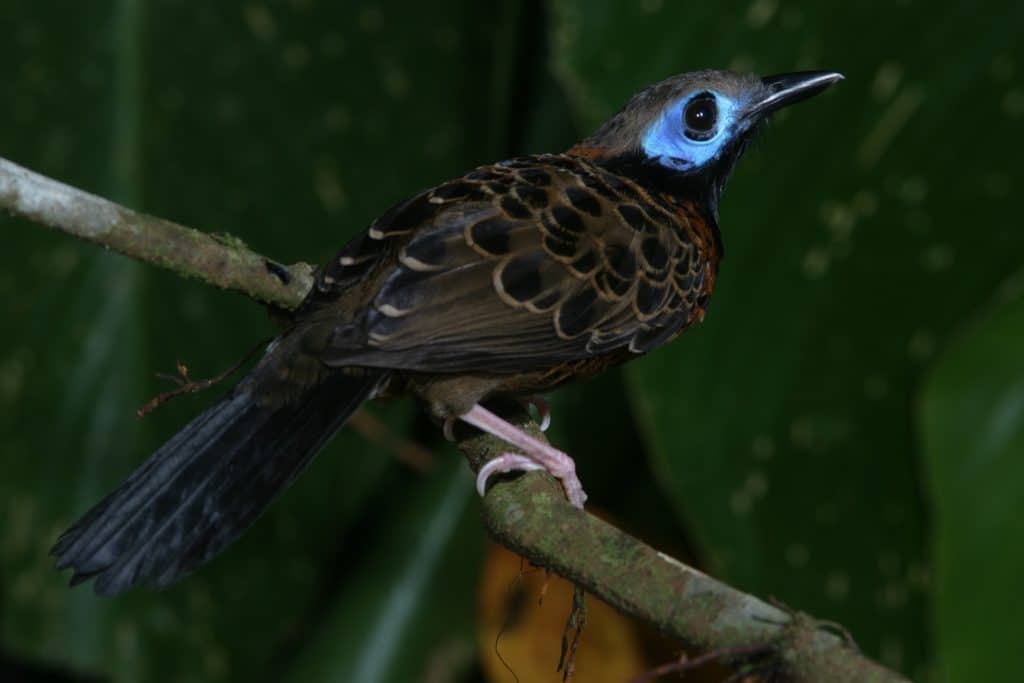
Orange-billed sparrow
This sparrow is never easy to find or photograph, as it is a very secretive bird that spends much of its time hiding in dense ground cover or foraging through leaf litter. On occasion, this mid-sized sparrow will venture into the open in search of insects and seeds, and even a brief glimpse of its trademark bright orange bill is enough for most birders to make a positive identification. Orange-bills are found across a wide swath of South and Central America but spend their lives in relatively small territories of a couple of acres.
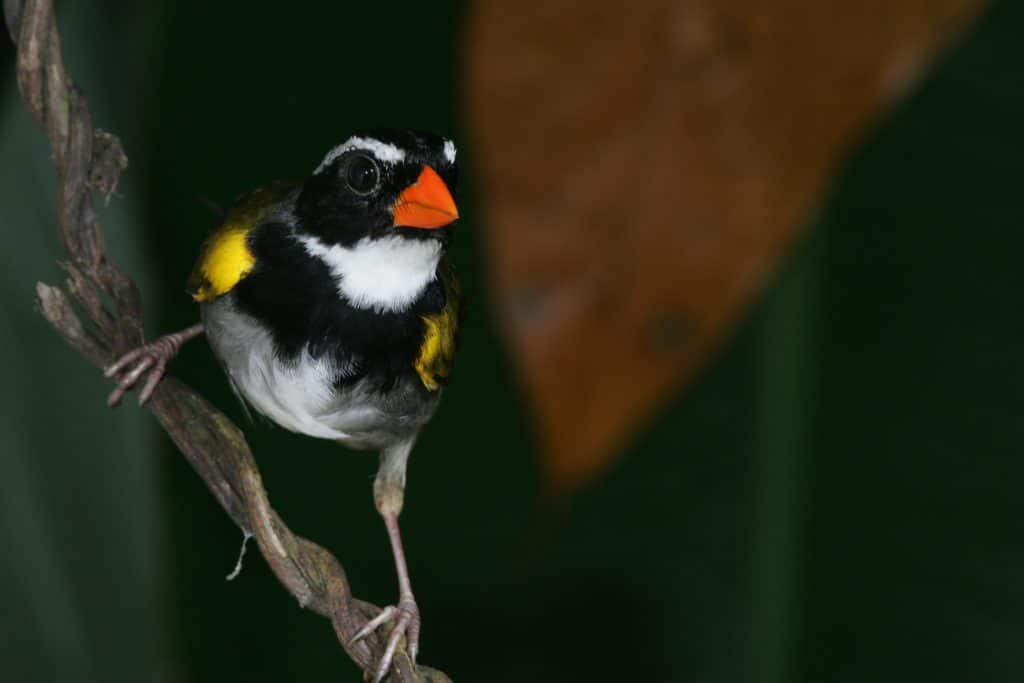
Rosy thrush-tanager
If you come across a Rosy Thrush Tanager foraging at ground level, it may remind you of a finicky shopper as it moves across the ground with short hops, pausing to turn over leave litter and twigs in search of tasty morsels. These birds are shy and can be hard to observe. They are easier to hear, as mated pairs often work together, using a series of rich, clear notes to communicate with their mate. Listen closely and you may realize that what sounds like one bird song is actually a duet, with the partner birds trading melodies.
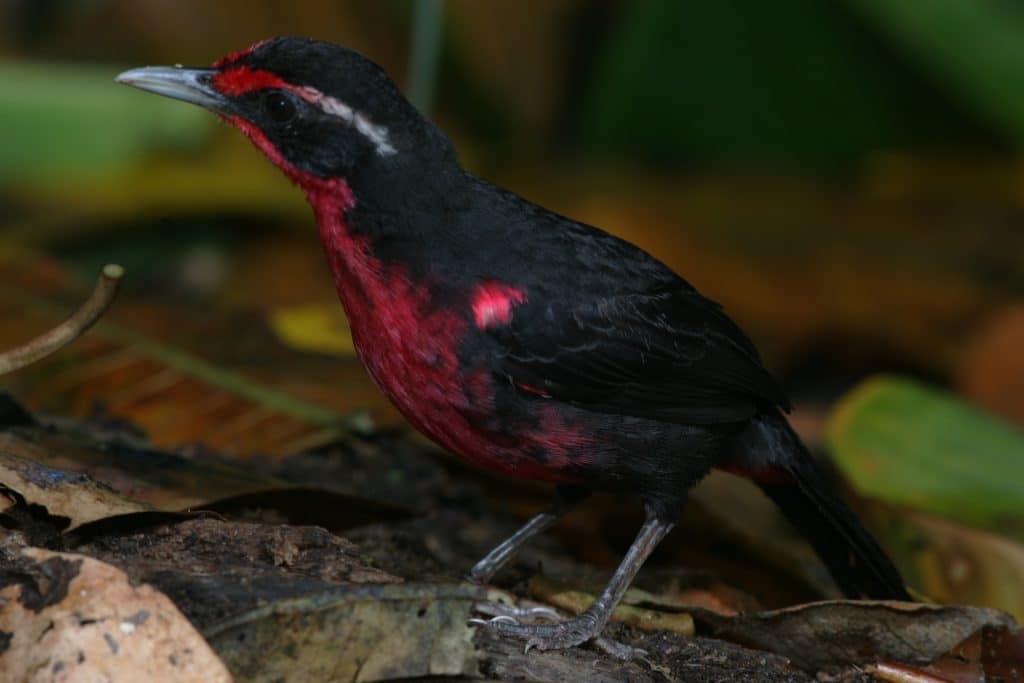
Sepia-capped flycatcher
When you first hear the call of this bird, its explosive vocalizations may cause you to think you are listening to a much larger bird. This relatively small member of the flycatcher family has an unusual habit of lifting one wing over its back while perched. Once it takes to the air, it feeds by hover gleaning, holding stationary in flight while it picks away at insects or fruit suspended on a branch. Pause near a stream and you may witness these birds dipping into the shallows to cool off and clean their feathers.
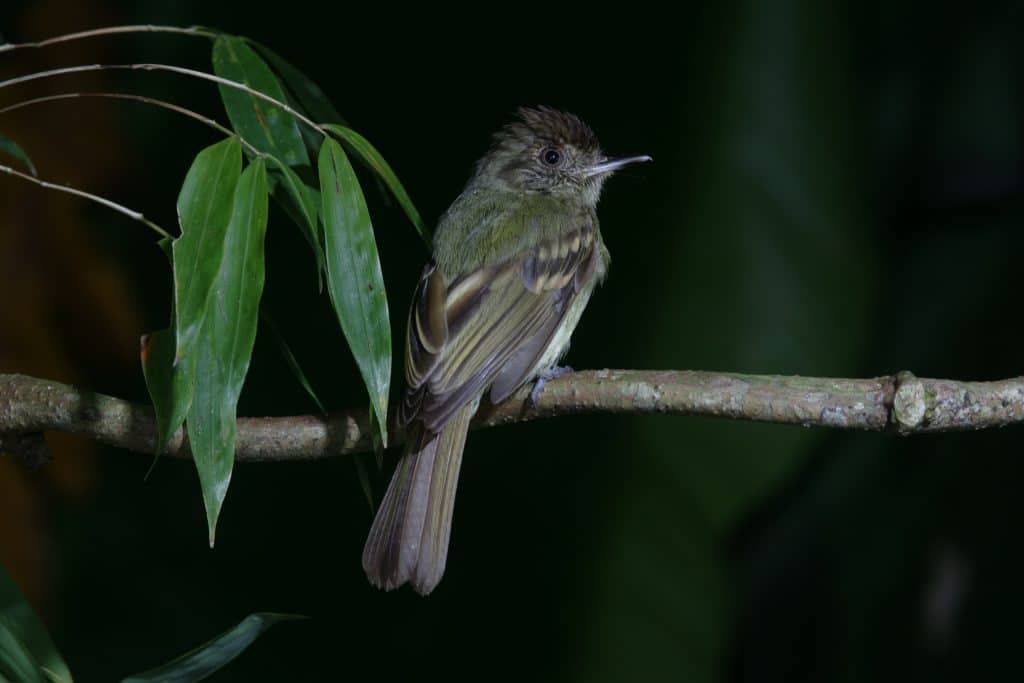
White-ruffed manakin
Time it right, and you may see a group performing the bird world’s equivalent of the male review. While the females have an olive-green coat, the males showcase a glossy blue-black plumage and a white neck ruffle. When it’s courting time, a group of males will assemble to puff out their neck feathers in competitive displays of male beauty. But it’s the females who are in charge and choose their prospective partners. Once the choice is made and the relationship consummated, the female will then fly off in search of a likely fork in a tree, where she will lay her eggs.
